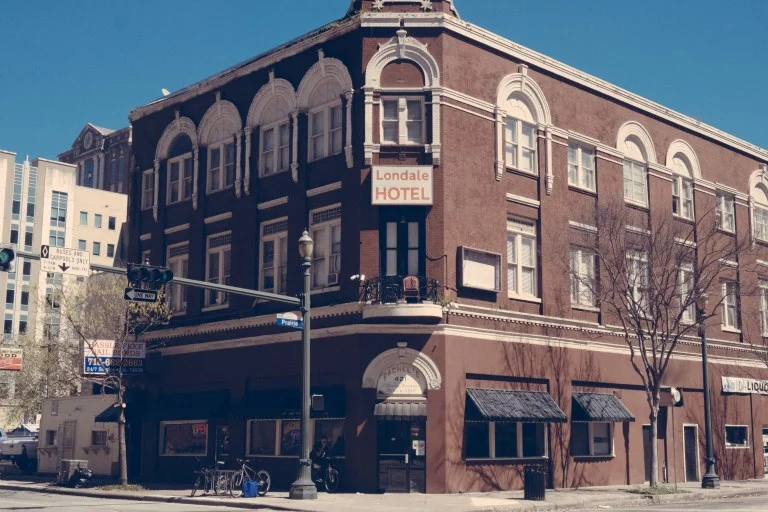This is the first in a series about street photography from my good friend and photographer Daniel J. Wood.
So, you are looking to increase your street photography chops? Great, because there is no right or wrong camera for the job. Whatever you’ve got, it will be perfect. Okay, maybe not perfect, but it will be more than adequate. Eventually, you’ll find a style and subject that suits you and can choose camera/lens combos for your needs. In another segment we will go through different camera modes and lens types, but for now let’s take a brief walk through the history of street photography and the philosophy behind it.
A Brief History
Street photography really started to take off in the 1930s and 40s with the popularization of 35mm film which helped the photographer move around much quicker and inconspicuously compared to the larger format cameras of the time. Also, film was starting to become more light-sensitive which allowed the photographer shorter shutter durations and the ability to shoot handheld in lower light levels.
Essentially journalists, guys like Henri Cartier-Bresson, Robert Frank and Walker Evans pushed photography as an art by capturing the humanist side of life. Finding emotion by using split-second decision-making in available light to create what Cartier-Bresson termed, with a book of the same name, “the decisive moment.” It was about creating something momentous of the mundane. Since then, the basic premise of street photography has been the same, taking candid photographs of humanity. Or as I like to call it, journalism of the everyday.
Tools of the Trade
Technology has come along way since then. From a smartphone to a full-frame SLR, you have the tools to get the image you want. The great thing about the camera in your phone is that the lens is similar in focal length to what most people use for street work with interchangeable lens cameras. For those who can change lenses, I am a big fan of 28mm (full-frame equivalent) lenses, which is what I have attached to my camera. Such a big fan that for my main camera, this is the only lens I have, but anything from 24mm-50mm is adequate. And as always, you are not limited to that by any means.
No matter what type of camera you are using you can easily practice several techniques to push your skills a bit further. Just because it is street photography and not some carefully crafted fine art still life doesn’t mean that composition is not important. There should still be a carefully defined foreground, middle-ground and background, but feel free to play with what is in those areas. When you use your camera enough, you start to know what the images will look like without even putting your eye to the viewfinder. Knowing this is important to composition as you will see like your camera does and therefore, what will and will not fit into the frame.
Filling The Frame
Pick a subject, a person is always nice to show emotion, but even a unique object such as a certain sign or building can be especially great if you use composition to create interesting angles and color (or tonality for those B&W shooters) changes. If it is a person, focus on them, wait for them to hit the right area of the frame or a particular glance, hit the shutter and let the magic happen.
Obviously light plays an important part, really the whole part, in photography so choosing a good time of day to shoot helps, particularly when photographing buildings. Different lighting situations will help create different moods for your images. Those times of the day in which strong shadows happen are great, but I will take shooting in or just after it rains any day — I have to take what I can get here in Seattle. Sometimes, though, the best photos happen in less than optimal conditions, so go ahead and take it. If the subject or emotion or whatever it is that grabbed your attention is great enough, who cares if it is “golden hour.” Just take the picture.
Daniel J. Wood is a writer, photographer and musician who currently resides in Seattle. He is a lover of music and art and is consistently working on blending different mediums together to create unique pieces that tend to focus on introspection through the outward examination of others. His works include “Self-Portraits” a hand-bound letter-pressed photo/story book featuring 4×5 fabric contact prints and “Untitled Dreams I, II and III” which are massive 35’ long prints. His ongoing project “The Streets” is a collection of photographs which document the surroundings in which he immerses himself in. The main image in this article is part of a collection called "Sea Breeze" that will be available as a book soon. Wood can be found on Instagram here.















